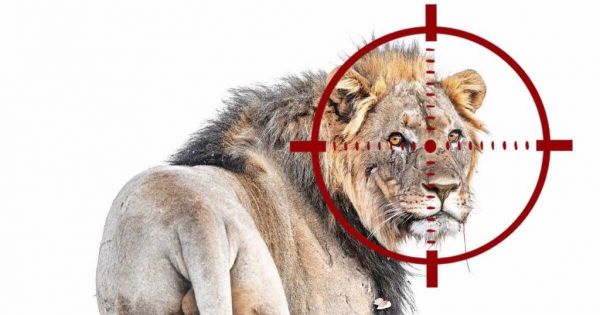Pic: Rodricks Oidi
The evening of 31st October turned out to be epoch-making, with the opening of the exhibition of the skeletal remains of Karanja the Rhino at National Museums of Kenya, Nairobi. You've probably narrowed your eyes, wondering who this Karanja is, but wait until I tell you that the exhibition was launched by Alberto Pieri, Italy's ambassador to Kenya, and you'll pull your head a little bit backwards and wonder more.A horn worth millionsKaranja is the black rhinoceros that died on the 24th December 2014 at the Maasai Mara Game Reserve, shaking our wildlife grounds and nudging us into mourning. The rhino, oldest and most photographed ever, bowed to natural causes at the ripe age of 43.Hanging on the fact that he had one of the longest horns ever, I'll wink and blatantly say Karanja must have been intelligent and badass, for he dodged poachers' bullets and arrows all this while! Okay, let me be fair enough and throw in praise for Kenyan rangers who are doing a commendable job.During the unveiling planned by the National Museums of Kenya in an an apt partnership with the Italian Embassy via their Italian Cultural Institute, stakeholders and other influencers went down in history as the audience, Ethiopia's and Algeria's ambassadors to Kenya being among them.The skeleton of Karanja was donated to the Museum in 2014 and the news reached the Embassy. In his speech, Alberto Pieri revealed that the Embassy and their Italian Cultural Institute reached a decision to have a sit down with the Museum in talks aimed at shaking hands on a partnership, thanks to naturalist Paolo Torchio's adroit skill in photography.The ambassador added that the gust of wind behind the decision was the sighted opportunity to assure perpetuity to Karanja and his intrinsic message, strictly related to the importance of preserving wildlife in Kenya.Piecing together a rhino's bonesAfterwards, Dr. Ogeto, the Museum's head of osteology and whose hands, like a puzzle pieced every of Karanja's bones into its place and mounted the skeleton, led the audience to the Museum's section where Karanja's skeleton is.With professorial command he explained the entire process of mounting the skeleton, referring to chronological moments vividly frozen in time by photographer Paolo's camera shutter releases. The entire process which started in July took him three months, not including the one year it took for Karanja's body to decay into skeleton - in a controlled environment.In a separate interview with KenyaBuzz, Dr. Ogeto, or call him Dr. Bones, explained why the study of bones is paramount. "People don't know what bones can tell us. They can tell us very many stories, including the disease an animal had when it lived."Taita Terer, the Museum's Head of Center for Biodiversity backed Dr. Ogeto when he spoke with KenyaBuzz. "Not only do these bones serve as a memorabilia capturing what we once had, it also offers us a repository of a lot of genetic information. The bones help us trace back and understand the status of other rhinos in Kenya, including diseases gnawing at them."Open display for museum visitorsHe added that the museum is open to the public and anyone can pay a visit. Karanja's horns are however safely secured by Kenya Wildlife Service, and you and I know why that was important.The sociable Italian ambassador also had a mellow chat with KenyaBuzz, in which he said the message his embassy wants to convey with the exhibition is the importance of preserving wildlife in Kenya, and the world, to further tourism which in turn furthers our economy.He also reiterated the reason for partnering with the Museum. "Our embassy shares with the museum common goals of protection, promotion, and preservation of wildlife."A relaxed climax with drinks, snacks, and oodles of networking stamped the event as successful.https://www.facebook.com/85788384384/posts/10156053103709385/National Museums and Italian Embassy Partner to Launch Display of Karanja, Mara's Most Photographed Rhino
1st Nov, 2018 at 5:47PM





